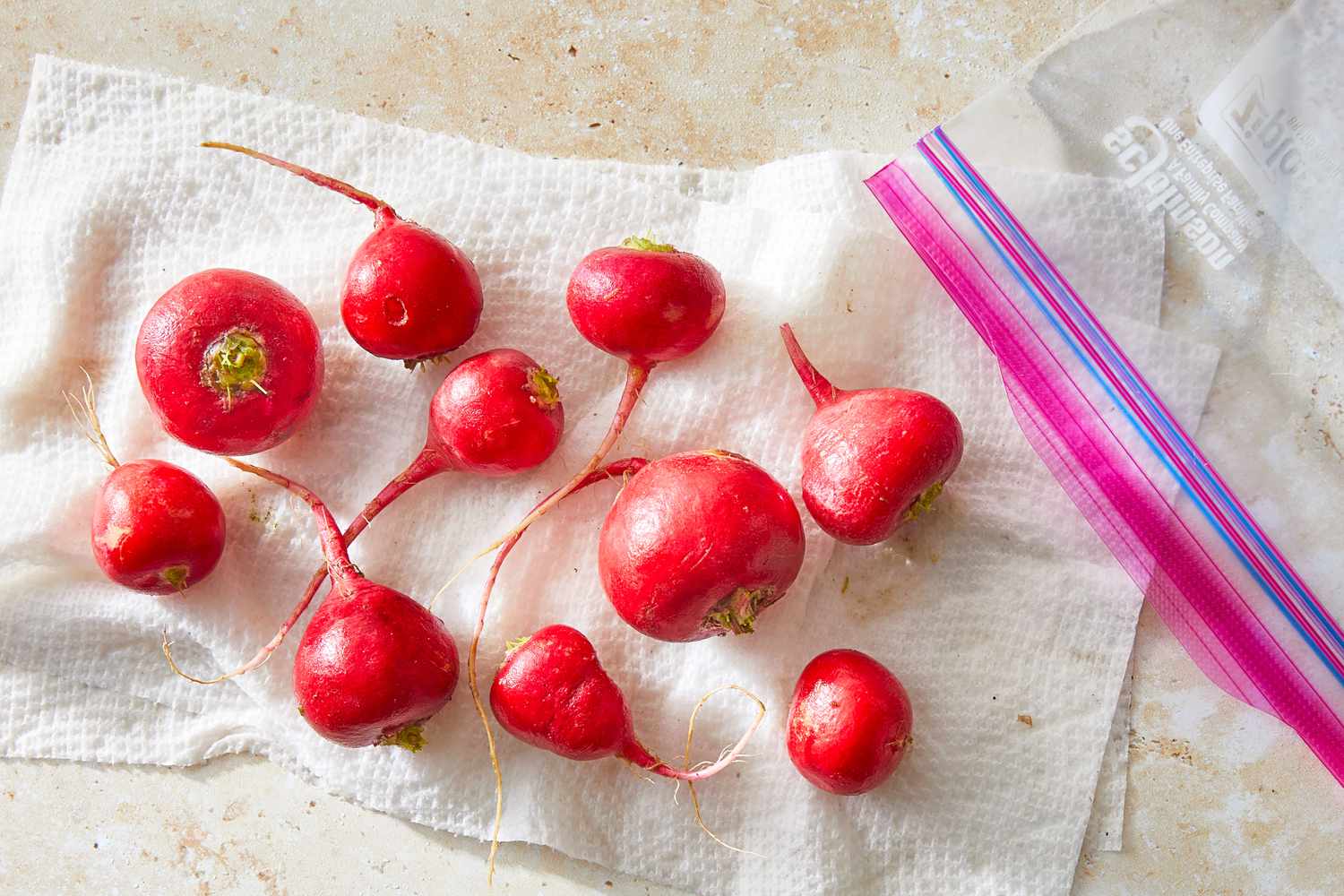

Articles
How To Store Radishes To Keep Them Fresh
Modified: February 23, 2024
Learn how to store radishes properly to ensure they stay fresh for longer. Discover effective techniques and tips in this helpful article.
(Many of the links in this article redirect to a specific reviewed product. Your purchase of these products through affiliate links helps to generate commission for Storables.com, at no extra cost. Learn more)
Introduction
Welcome to the world of radishes! These crunchy and peppery root vegetables not only add a burst of flavor to salads and sandwiches but also offer a plethora of health benefits. Whether you grow your own radishes in your backyard garden or purchase them from the local market, it is essential to store them properly to keep them fresh.
Proper storage not only extends the shelf life of radishes but also helps maintain their crisp texture and vibrant taste. In this article, we will guide you on how to store radishes in different conditions, such as in the refrigerator, root cellar, and even the freezer, to ensure they stay fresh for as long as possible.
So, let’s dive in and explore the best practices for storing radishes!
Key Takeaways:
- Properly storing radishes in the refrigerator, root cellar, or freezer can extend their shelf life and maintain their crispness and flavor, ensuring you have fresh radishes ready to enhance your meals whenever you need them!
- Choosing fresh radishes and following proper preparation techniques are essential for maximizing the shelf life and overall freshness of radishes, allowing you to enjoy their delicious taste for a longer period.
Read more: How To Store Grapes To Keep Them Fresh
Choosing Fresh Radishes
Before diving into storage techniques, it is important to start with fresh and high-quality radishes. Choosing the right radishes not only ensures better taste but also improves their storage potential. Here are some tips to help you pick the freshest radishes:
- Look for firm radishes: When selecting radishes, give them a gentle squeeze. Fresh radishes should feel firm and solid, indicating that they are at their peak freshness.
- Check the leaves: Radishes with vibrant, green leaves are a good indication of freshness. Avoid radishes with wilted or yellowing leaves, as this can be a sign of aging or poor quality.
- Size matters: Size can be an indication of flavor and tenderness. Choose radishes that are medium-sized, as they tend to have a better balance of flavor and texture compared to larger or smaller ones.
- Inspect for blemishes: Avoid radishes with any visible signs of rot, mold, or other blemishes. Look for smooth, unblemished skin, as this is a sign of freshness and quality.
- Opt for varieties suitable for storage: Some radish varieties are better suited for long-term storage than others. Varieties like Daikon or winter radishes are known to have better storage capabilities due to their thicker skin and firm flesh.
By following these guidelines, you can ensure that you start with the best quality radishes, which will improve their shelf life and overall freshness.
Preparing Radishes for Storage
Once you’ve selected fresh radishes, it’s important to properly prepare them before storing. This preparation helps remove any dirt or debris, extends their shelf life, and ensures they stay fresh. Here’s how to prepare radishes for storage:
- Trim the greens: Start by removing the green tops from the radish bulbs. The greens draw moisture from the radishes, causing them to lose their crispness and freshness. However, don’t discard the greens! They can be used in salads or sautéed as a delicious side dish.
- Gently clean: Rinse the radishes under cold water to remove any dirt or residue. Use a soft brush or your fingers to gently scrub the skin, ensuring thorough cleaning.
- Dry completely: After cleaning, pat the radishes dry with a clean kitchen towel or paper towels. Ensure they are completely dry, as moisture can promote rotting or spoilage during storage.
- Separate damaged radishes: Inspect the radishes for any signs of damage or bruising. If you find any, separate them from the rest to prevent the spread of spoilage.
By taking these simple steps to prepare radishes, you are reducing the risk of spoilage and maximizing their shelf life. Once they are properly cleaned and dried, you can move on to the different storage methods depending on your preferences and available resources.
Storing Radishes in the Refrigerator
The refrigerator is one of the most common and convenient places to store radishes. It helps maintain a cool and consistent temperature, which slows down the aging process and keeps the radishes fresh. Follow these steps to store radishes in the refrigerator:
- Choose the right storage container: Place radishes in a perforated plastic bag or airtight container. The perforations allow for proper airflow, while the container prevents them from drying out.
- Store in the vegetable crisper: Place the container in the vegetable crisper compartment of your refrigerator. This compartment tends to have slightly higher humidity, which helps keep the radishes from drying out.
- Keep radishes away from moisture: Avoid storing radishes in direct contact with moisture or condensation. Excess moisture can cause them to become soft or develop mold. If condensation forms in the container, remove it promptly.
- Avoid storing near ethylene-producing fruits: Radishes are sensitive to ethylene gas, which is naturally produced by certain fruits like apples, bananas, and tomatoes. Keep them separate to prevent premature wilting or spoilage.
- Check regularly: Radishes stored in the refrigerator typically last for up to two weeks. However, it’s important to check them regularly for any signs of decay or softening. Remove any spoiling radishes to prevent the spread of spoilage to others.
By following these guidelines, you can maximize the freshness and shelf life of your radishes in the refrigerator. Remember to store them in the crisper, separate from ethylene-producing fruits, and monitor them regularly for optimal results.
Store radishes in the refrigerator in a perforated plastic bag to maintain their freshness. The perforations allow for air circulation while preventing excess moisture buildup.
Storing Radishes in the Root Cellar
If you have a root cellar or a cool, dark, and well-ventilated area in your home, storing radishes in such conditions can be an excellent option. Here’s how to store radishes in a root cellar:
- Prepare the radishes: Remove the green tops from the radishes, leaving about an inch of the stem attached to the bulb. This helps retain moisture and freshness during storage.
- Brush off excess dirt: Gently brush off any excess dirt or debris from the radishes. Avoid washing them as moisture can lead to spoilage.
- Arrange in wooden crates or boxes: Place the radishes in wooden crates or boxes, ensuring there is enough airflow between them. Avoid overcrowding to prevent the spread of rot or mold.
- Store in a cool and dark location: Find a cool area in your home, such as a basement or root cellar, that maintains a temperature between 32°F and 40°F (0°C and 4°C). The darkness helps prevent the radishes from developing green tops.
- Monitor regularly: Check the radishes periodically for any signs of spoilage. Remove any rotting or moldy radishes promptly to prevent them from affecting others.
Storing radishes in a root cellar can extend their shelf life for several weeks, maintaining their natural crispness and flavor. It provides an ideal environment resembling the cool and moist conditions that radishes prefer.
Note: If you don’t have a root cellar, you can achieve similar conditions by storing radishes in a perforated plastic bag or container in the refrigerator vegetable crisper.
Read more: How To Store Sheets To Keep Them Fresh
Storing Radishes in the Freezer
Did you know that you can freeze radishes to enjoy them throughout the year? Freezing radishes is a great option if you have an abundance of fresh radishes or want to preserve them for longer-term storage. Here’s how to freeze radishes:
- Prepare the radishes: Start by trimming off the green tops and washing the radishes thoroughly to remove any dirt. Slice or dice the radishes according to your preference. Consider blanching them to help retain their texture and color.
- Blanching (optional): Blanching involves briefly immersing the radishes in boiling water, followed by an immediate plunge into ice water to halt the cooking process. Blanching helps preserve the radishes’ crispness and color. Simply boil a pot of water, add the radishes, and cook for a minute or two before transferring them to an ice bath.
- Pat dry: After blanching or if you choose not to blanch, pat the radishes dry with a clean kitchen towel or paper towels. Removing excess moisture helps prevent ice crystal formation during freezing.
- Package for freezing: Place the radishes in freezer-safe bags or airtight containers. Squeeze out any excess air and seal tightly. Label the containers with the date for future reference.
- Freeze: Place the radishes in the freezer, ensuring they lay flat to prevent them from clumping together. For better organization, you can freeze them in smaller portions or separate the slices with parchment paper.
- Thawing and using: When you’re ready to use the frozen radishes, simply remove the desired amount from the freezer and thaw them in the refrigerator. While the texture may slightly change after freezing, they are still great for soups, stews, stir-fries, or other cooked dishes.
By following these steps, you can have a stash of frozen radishes to enjoy throughout the year. They’re a convenient option for adding a touch of radish flavor to your favorite recipes, even when fresh radishes are out of season.
Tips for Extending Radish Freshness
While proper storage techniques go a long way in maintaining the freshness of radishes, here are some additional tips to help extend their shelf life:
- Leave the greens intact: If you plan to use radishes within a few days, it’s best to keep the greens attached. The greens help retain moisture and freshness in the radish bulbs.
- Store radishes away from ethylene-producing fruits: As mentioned earlier, ethylene gas can accelerate the spoilage of radishes. Keep them away from fruits like apples, bananas, and tomatoes, which naturally produce this gas.
- Store radishes in the coolest part of the refrigerator: The lower shelves or the vegetable crisper compartment usually maintain a lower temperature than the upper shelves. Storing radishes in these areas can help prolong their freshness.
- Refrigerate radishes promptly: Radishes are highly perishable, so it’s important to refrigerate them as soon as possible after purchasing or harvesting. This helps maintain their crispness and slows down the aging process.
- Keep radishes dry: Moisture is the enemy of radish freshness. Make sure to pat them dry before storing to prevent the growth of mold or rot.
- Inspect and remove spoiled radishes: Regularly check your stored radishes for any signs of spoilage. If you notice any limp or moldy radishes, remove them immediately to prevent the spread of decay.
- Use the freshest radishes first: If you have multiple batches of radishes, prioritize using the older ones first to ensure minimal waste and optimal freshness.
- Preserve excess radishes: If you have more radishes than you can consume, consider preserving them by pickling or fermenting. These methods not only extend their shelf life but also add unique flavors to your culinary creations.
By following these tips, you can significantly extend the overall freshness and quality of your radishes, allowing you to enjoy them at their best for a longer period of time.
Conclusion
Proper storage of radishes is crucial for maintaining their freshness, taste, and texture. Whether you prefer storing them in the refrigerator, root cellar, or freezer, following the correct procedures can significantly extend their shelf life and ensure they remain crisp and flavorful.
When selecting radishes, choose ones that are firm, have vibrant green leaves, and are free of blemishes. Properly preparing radishes by trimming the tops, cleaning, and drying them is essential before storage.
In the refrigerator, store radishes in a perforated plastic bag or airtight container in the vegetable crisper. Avoid storing near ethylene-producing fruits and periodically check for any signs of spoilage.
In a root cellar or cool dark area, store radishes in wooden crates or boxes with proper airflow. Regularly monitor them for any signs of decay.
If you have excess radishes, freezing them is an excellent option. Blanching before freezing helps preserve their texture and color. For easy usage, portion them into freezer-safe bags or containers.
Regardless of the storage method, always remember to leave the greens intact or remove them as required, keep radishes dry, and promptly remove any spoiled radishes.
By following these guidelines and implementing the tips for extending radish freshness, you can enjoy the delicious taste of radishes for a longer period, even beyond their typical shelf life.
So, go ahead and store your radishes with confidence, knowing that you will have fresh and vibrant radishes ready to enhance your meals whenever you need them!
Frequently Asked Questions about How To Store Radishes To Keep Them Fresh
Was this page helpful?
At Storables.com, we guarantee accurate and reliable information. Our content, validated by Expert Board Contributors, is crafted following stringent Editorial Policies. We're committed to providing you with well-researched, expert-backed insights for all your informational needs.
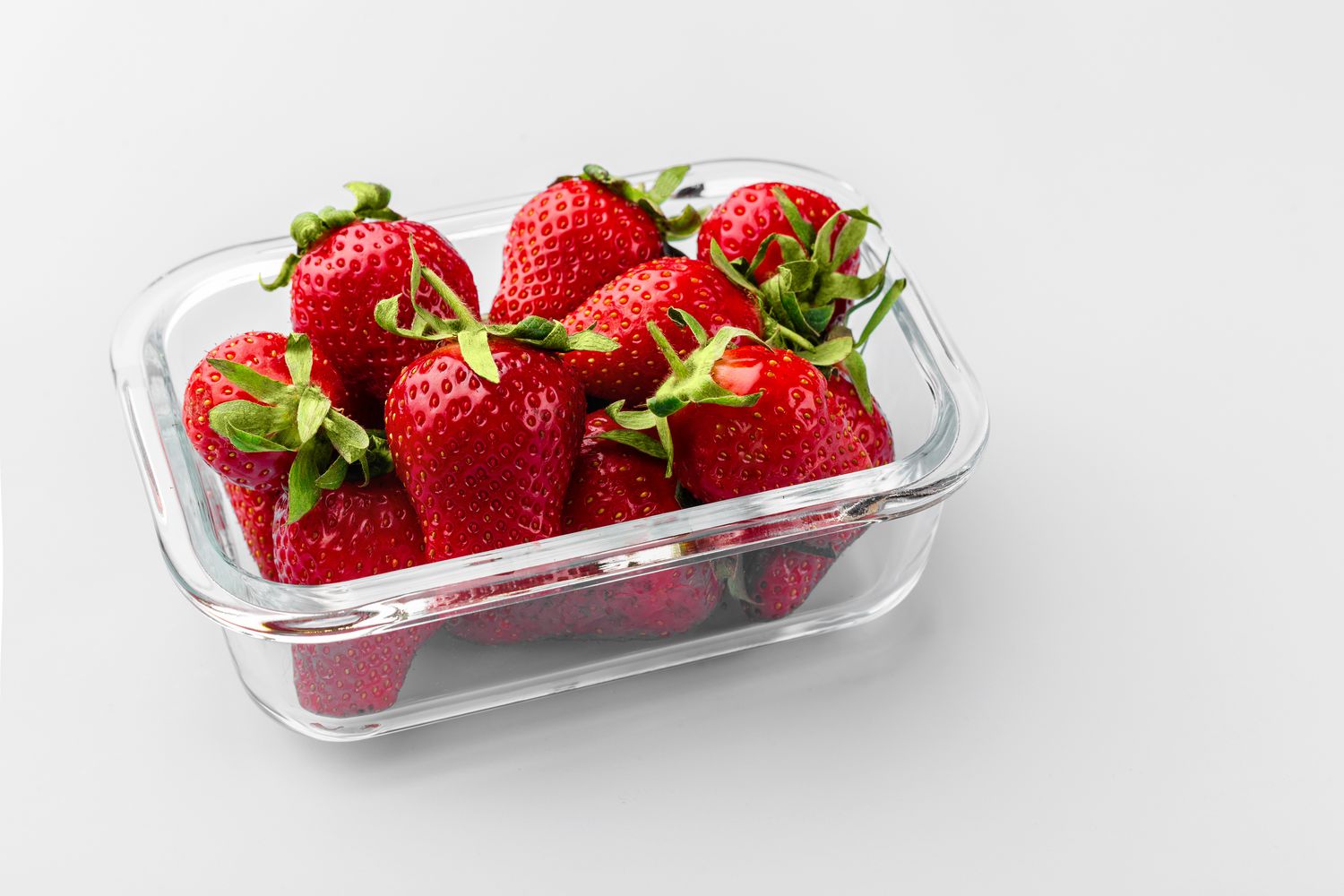

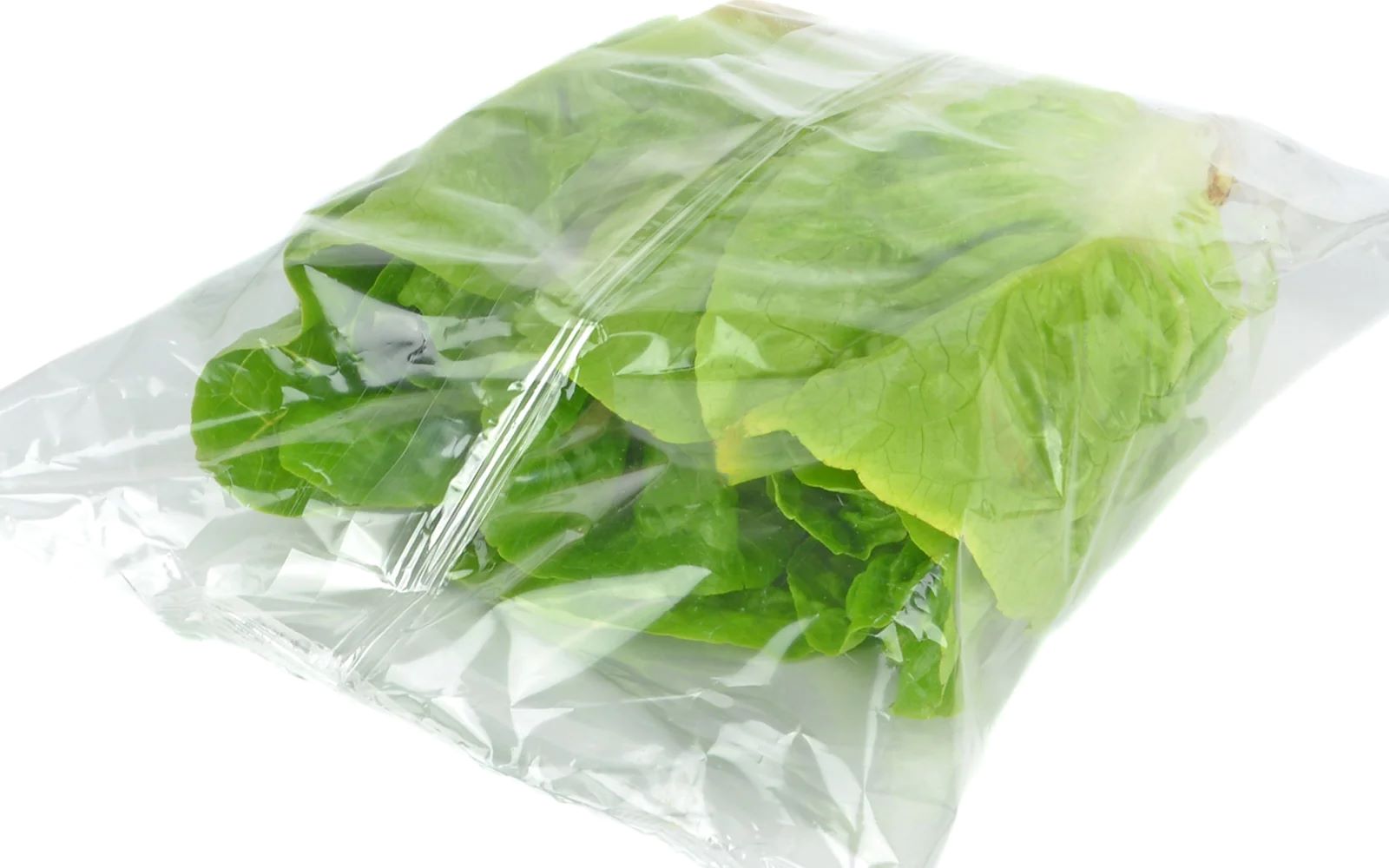

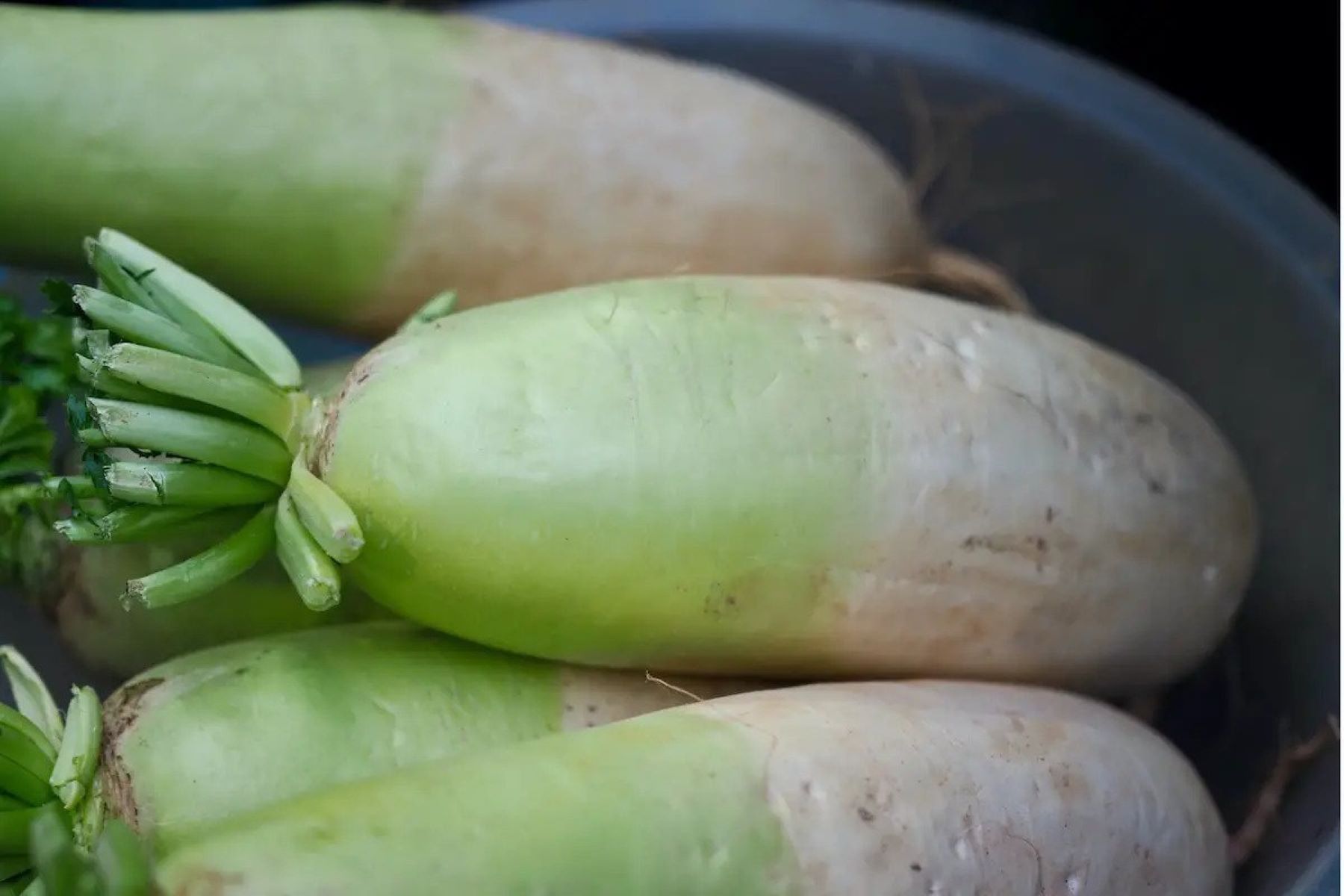

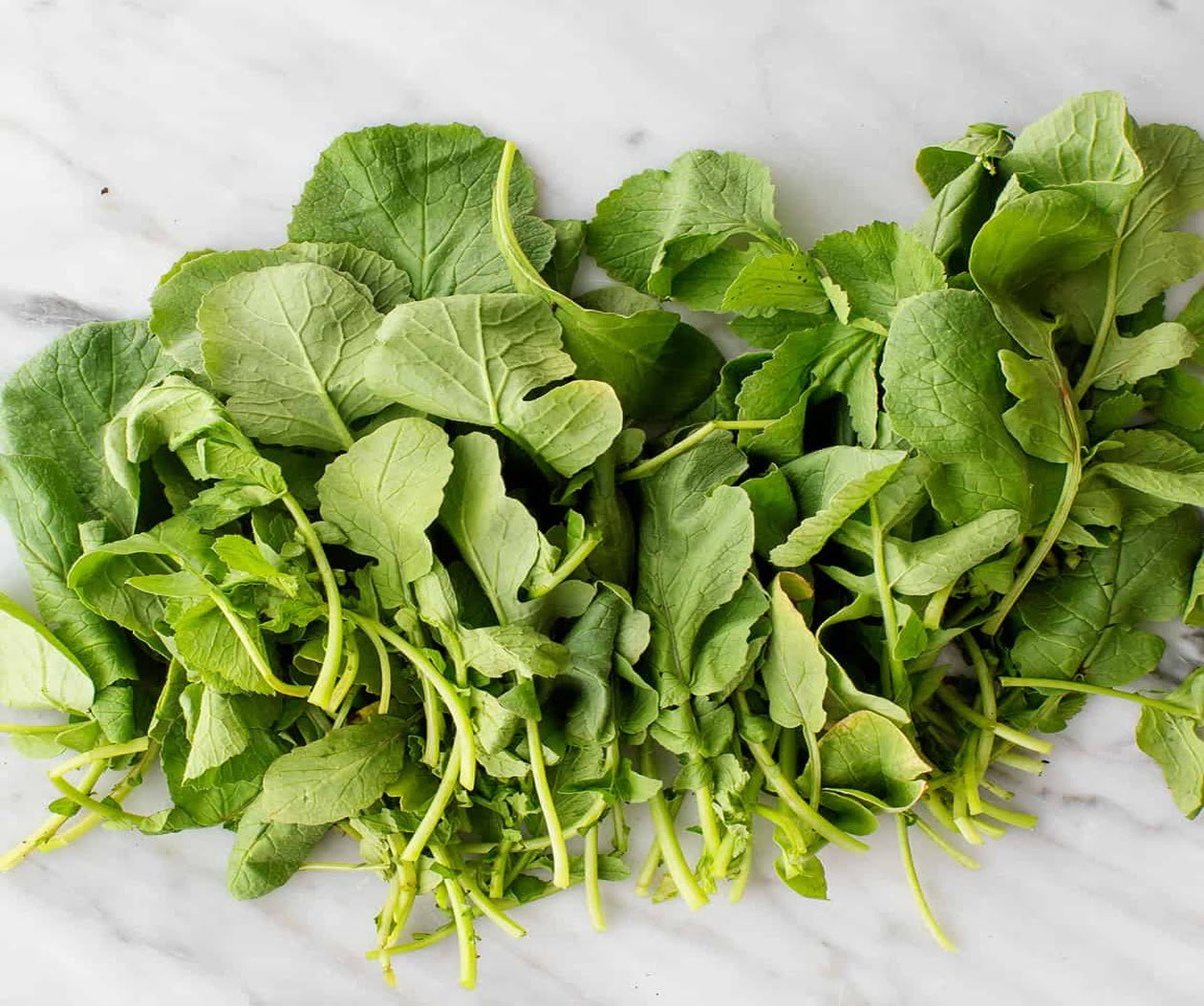
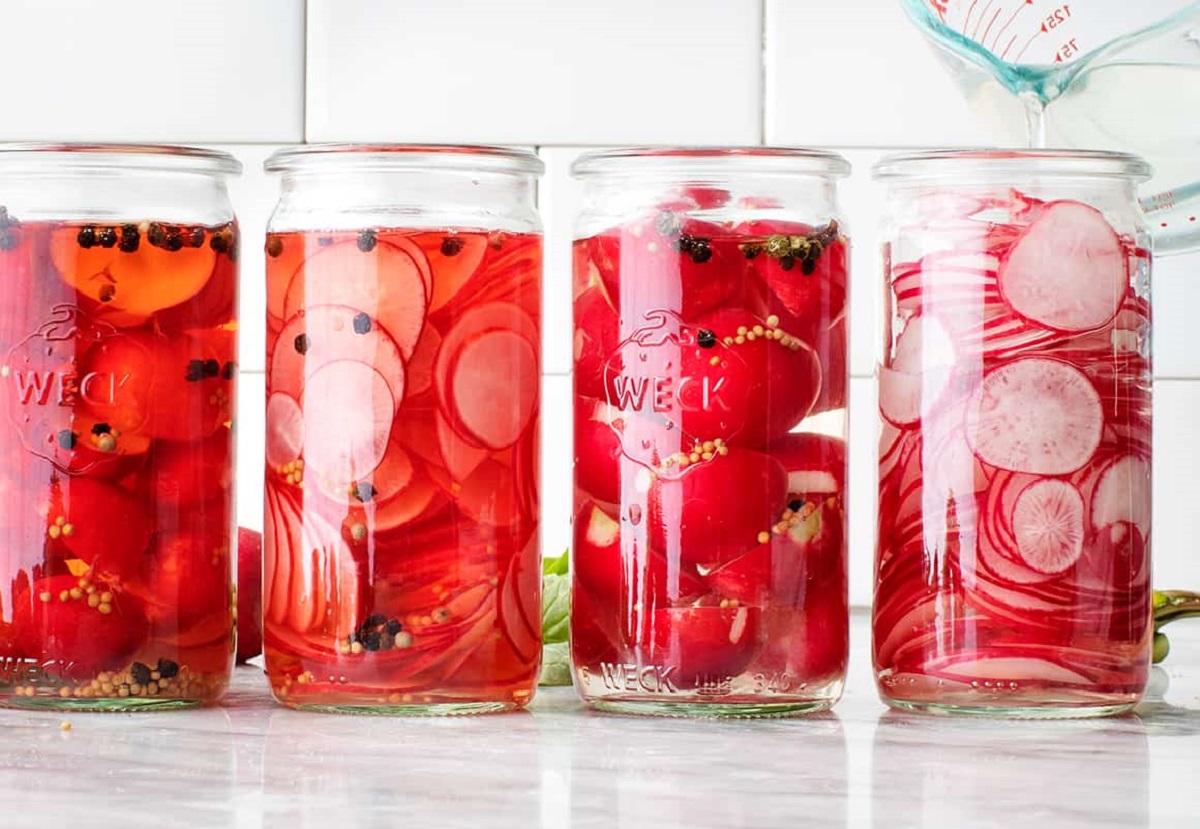
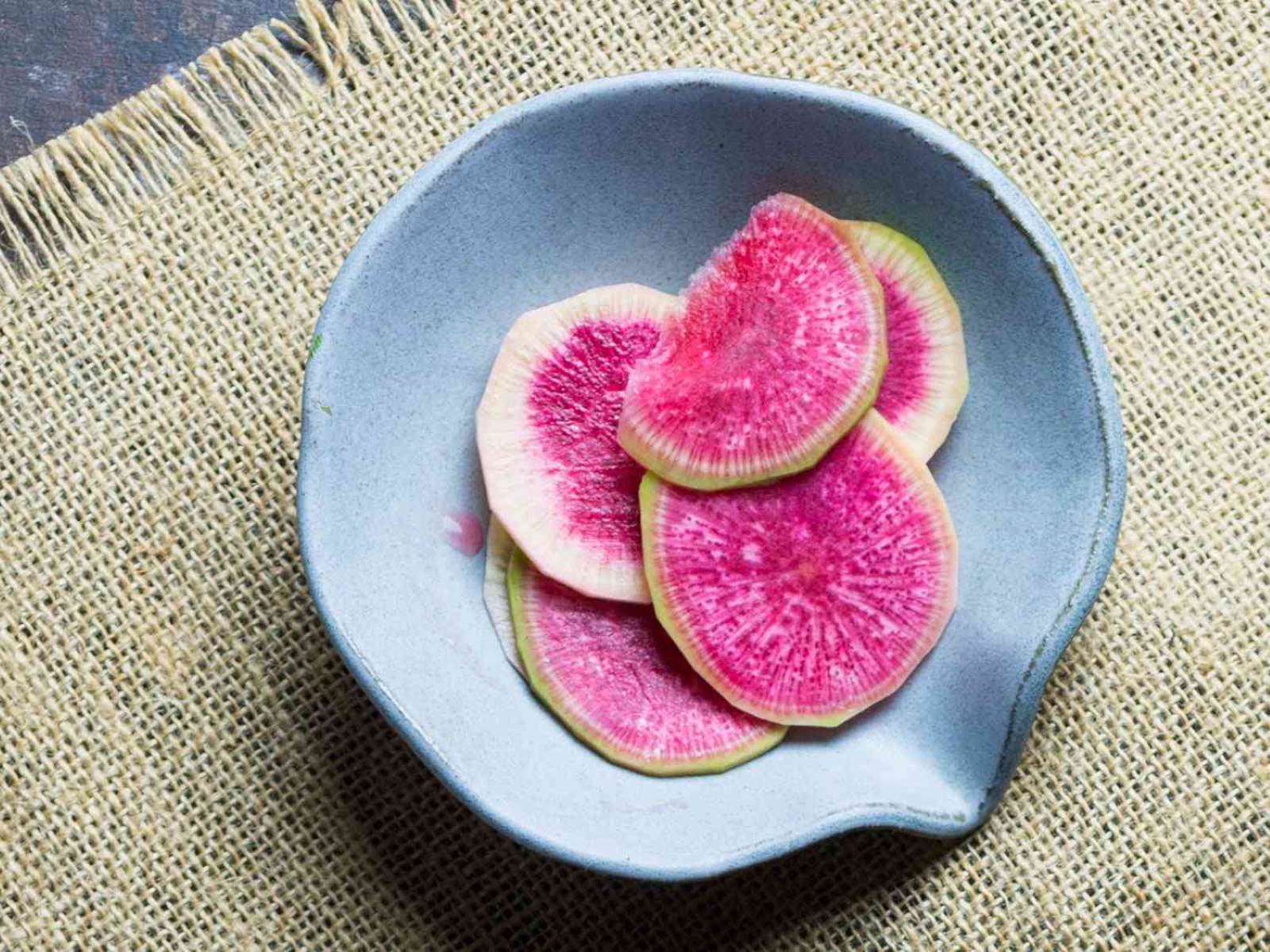
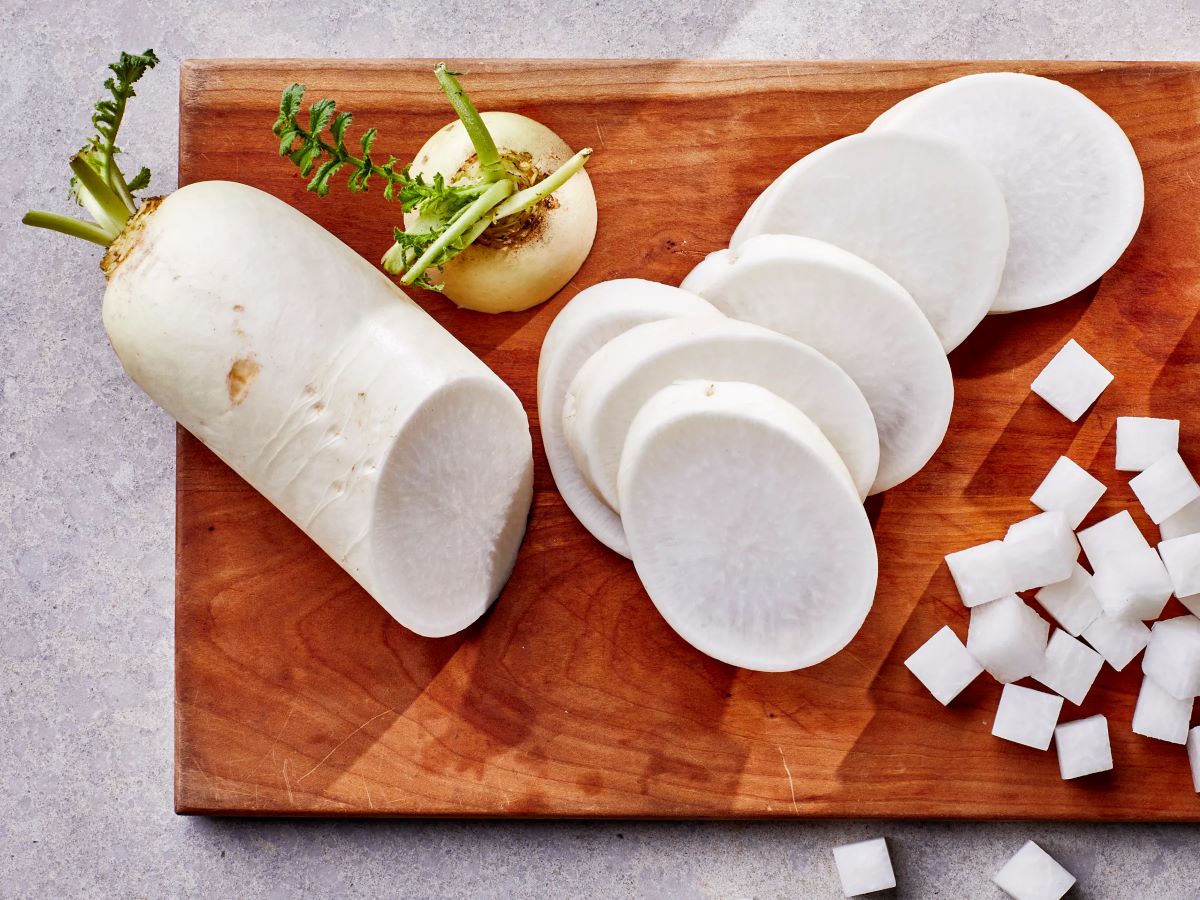
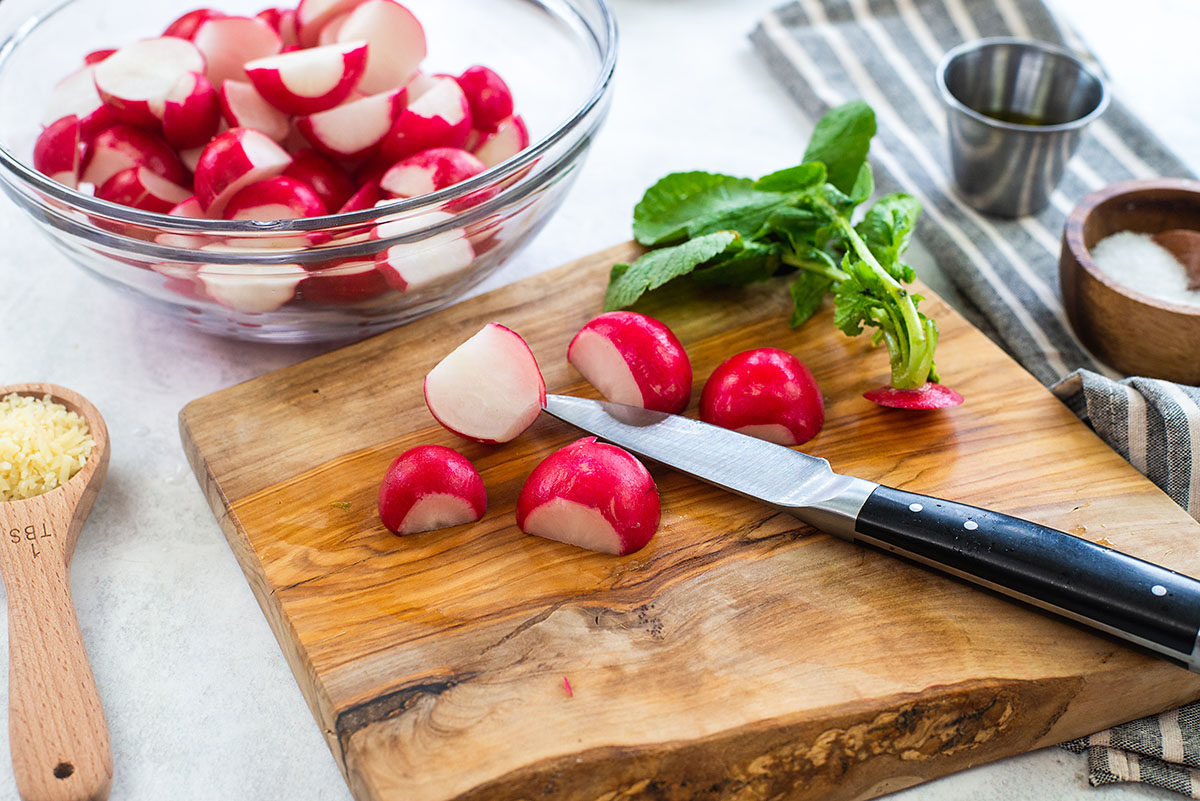


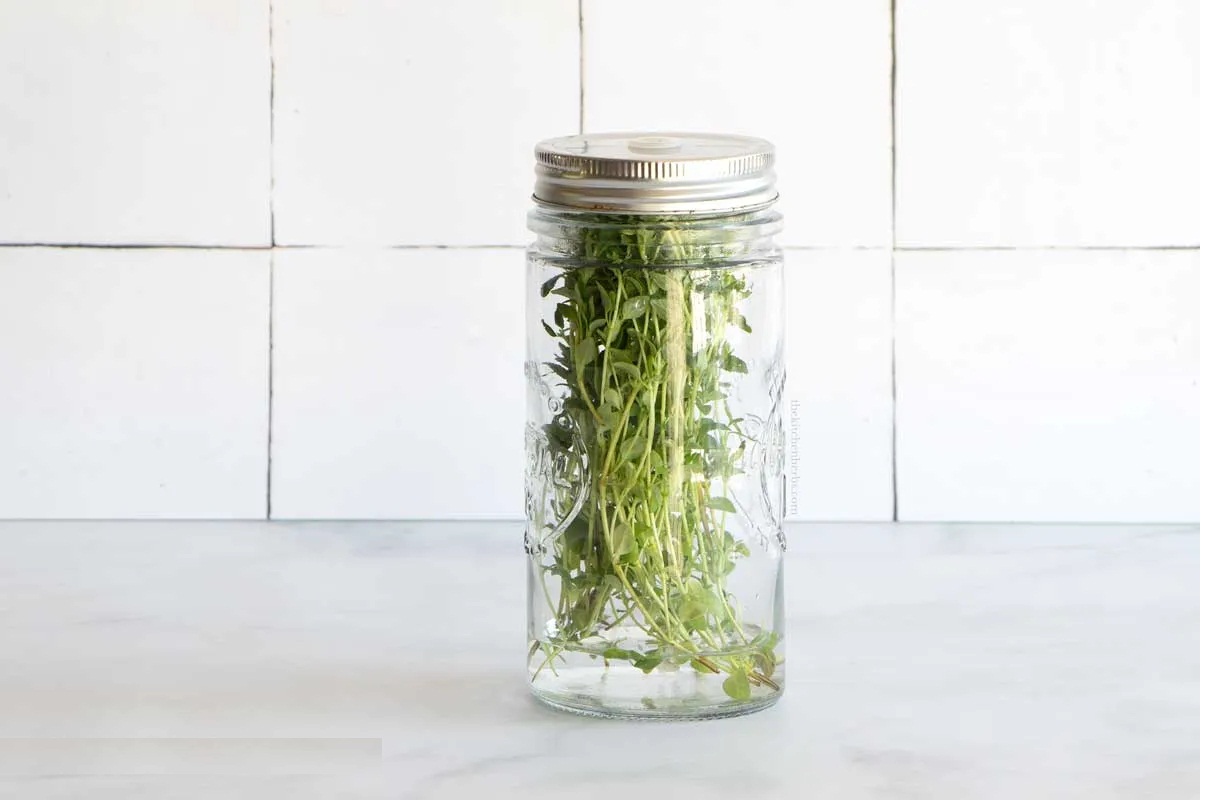

0 thoughts on “How To Store Radishes To Keep Them Fresh”